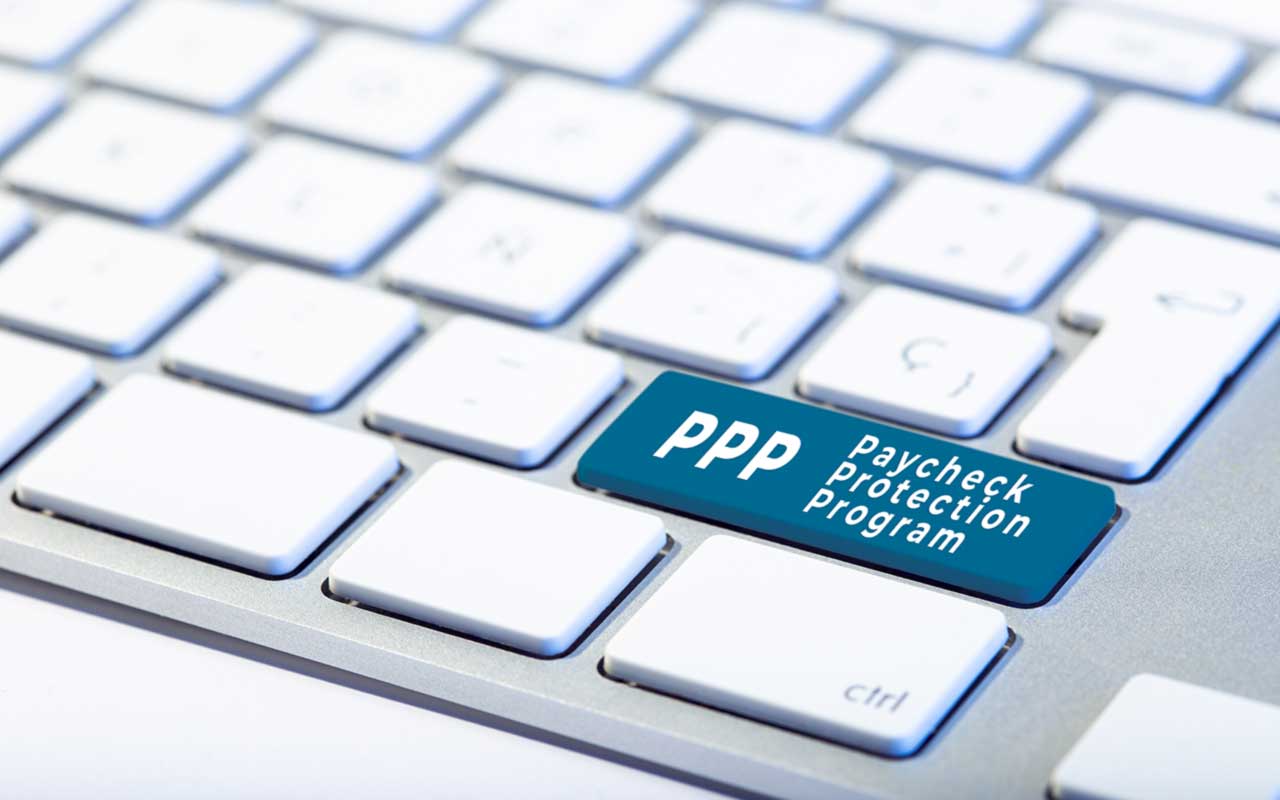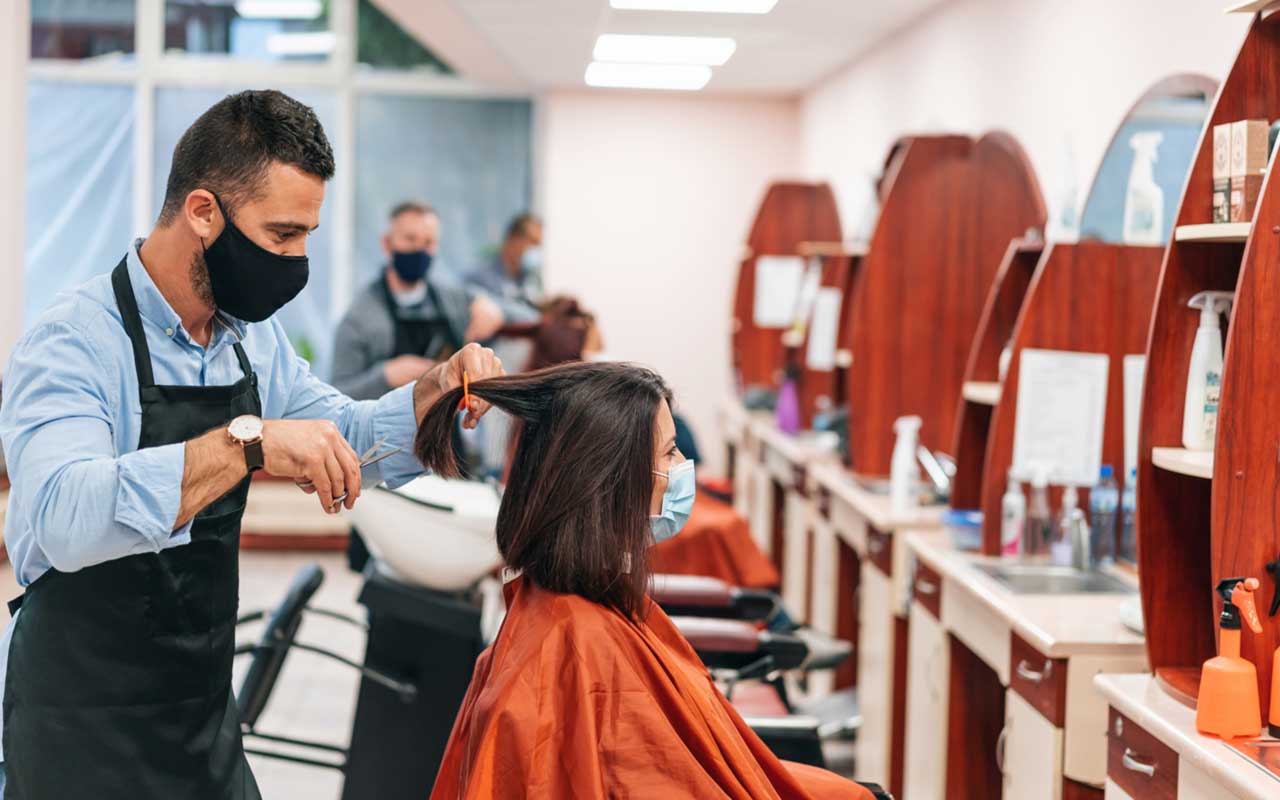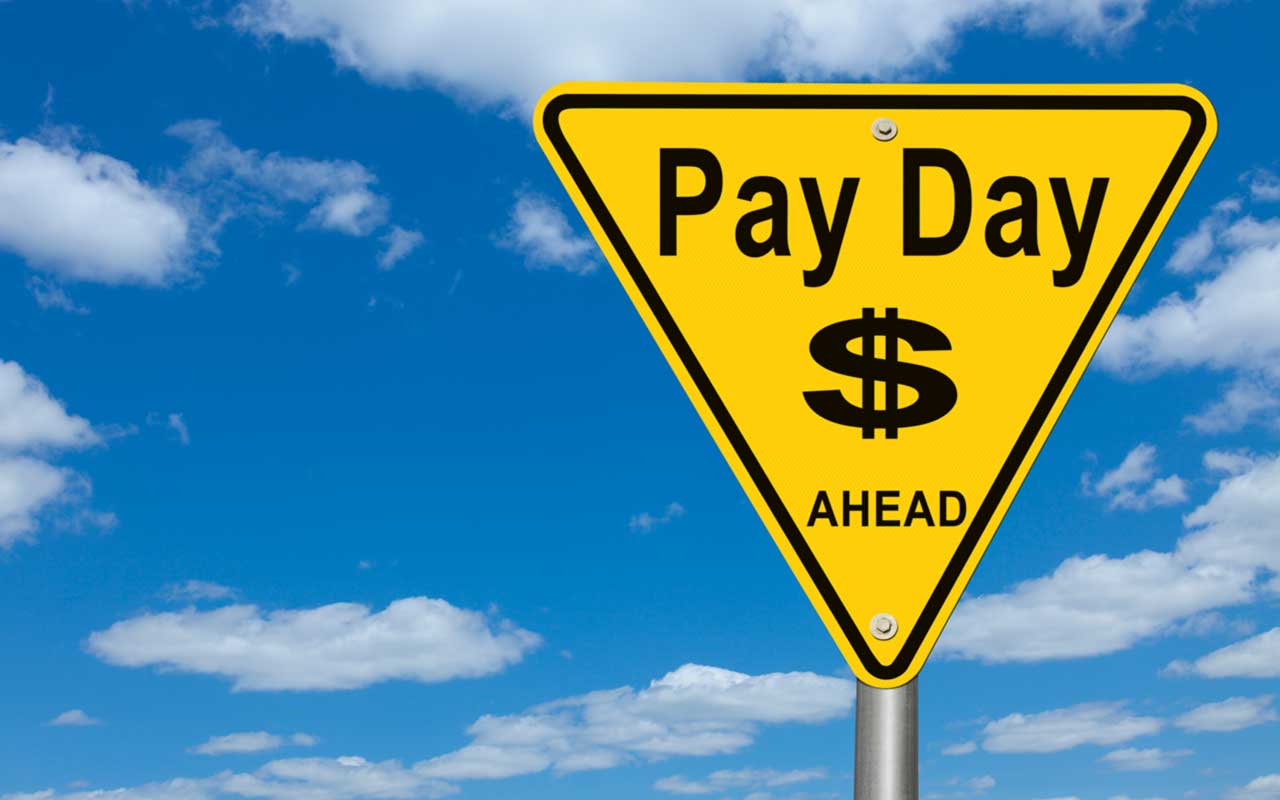8 Tips and Warnings on PPP Loan Forgiveness
Not having to pay back Paycheck Protection Program loans is a huge benefit for small-business owners. But there are a lot of rules that must be followed to have a PPP loan forgiven.


For small business owners who scored a loan through the Paycheck Protection Program (PPP), not having to pay back what they borrowed is a huge bonus. Under the CARES Act (as modified by the Paycheck Protection Program Flexibility Act (PPPFA) in June), the PPP lets small businesses borrow up $10 million without collateral, personal guarantees, or fees. The loan doesn't have to be repaid to the extent it's used to cover the first 24 weeks (eight weeks for those who received their loans before June 5, 2020) of the business's payroll costs, rent, utilities and mortgage interest. However, at least 60% of the forgiven amount must be used for payroll. Small-business owners have until August 8, 2020, to apply for PPP loans and until December 31, 2020, to use the funds.
To have their PPP loans forgiven, small-business owners must first submit an 11-page application to the bank or lender that approved their initial loan request. The application, along with other recently released guidance from the SBA, answers a lot of questions about repaying loans that were on the minds of small-business owners. Here are 8 important tips and warnings on PPP loan forgiveness gleaned from the application and new SBA guidance. Hopefully, this information will help prop up the bottom line for a lot of small businesses.

Alternative Payroll Covered Periods
Since the 24-week covered period doesn't always align with a business's payroll cycle, the SBA is offering an "alternative payroll covered period" for borrowers with a biweekly or more frequent payroll schedule. As a result, borrowers may calculate eligible payroll costs using the 24-week period that begins on the first day of the pay period after loan disbursement, rather than the first day of disbursement.
Example: If a hair salon received its PPP loan proceeds on Monday, June 8, and the first day of its first pay period following its PPP loan disbursement is Sunday, June 14, the first day of the alternative payroll covered period is June 14 and the last day of the alternative payroll covered period is Sunday, November 29.

Payroll Costs Incurred, But Not Paid
Borrowers are eligible for forgiveness of payroll costs paid and incurred during the 24-week covered period (or the alternative covered period). However, payroll costs incurred, but not paid, during the borrower's last pay period of the 24-week period are eligible for forgiveness only if they're paid on or before the next regular pay period.

Non-Payroll Costs Incurred, But Not Paid
Eligible non-payroll costs must be paid or incurred during the 24-week coverage period. For expenses incurred but not paid during this period, they must be paid on or before the next regular billing date, even if that date is after the 24-week period. That said, the SBA has reiterated that no advance payments of interest on mortgages will be eligible for loan forgiveness, but it hasn't specifically addressed whether the prepayment of payroll costs, rent, and utilities are forgivable.

Bonuses and Hazard Pay
The CARES Act defines the term "payroll costs" broadly to include compensation in the form of salary, wages, commissions, or similar compensation. As a result, employee bonuses and hazard pay are eligible for loan forgiveness as payroll costs, as long as the employee's total compensation does not exceed $100,000 on an annualized basis. These payments constitute a supplement to salary or wages and, therefore, are a similar form of compensation.

Definition of Full-Time Equivalent (FTE) Employee
The amount of a PPP loan that is forgiven is generally reduced if the borrower cuts back on the number of "full-time equivalent" (FTE) employees during the 24-week covered period. However, the CARES Act does not define an FTE employee.
Since this is an important omission, the SBA has determined that an FTE employee is an employee who works 40 hours or more, on average, each week.
For employees who were paid for less than 40 hours per week, borrowers can choose to calculate the full-time equivalency in one of two ways. First, borrowers can calculate the average number of hours the worker was paid per week during the 24-week covered period and divide the number by 40. For example, if an employee was paid for 30 hours per week on average during the 24-week period, the employee would be an FTE employee of 0.75. Second, a borrower can elect to use a full-time equivalency of 0.5 for each employee who on average worked less than 40 hours per week during the 24-week period. Borrowers can select only one of these two methods and must apply it consistently to all their part-time employees.

Exceptions to the FTE Employee Reduction Rule
There are a few exceptions to reduction of loan forgiveness when a small business decreases the number of FTE employees during the 24-week covered period. First, according to the SBA, a borrower will not be penalized for FTE reductions for employees who were fired for cause, voluntarily resigned, or requested a reduction of their hours.
A borrower is also exempt from the loan forgiveness reduction rules if it lowered FTE employee levels between February 15 and April 26, 2020, but restored the FTE employee level by December 31, 2020, to the level that existed during the pay period that included February 15, 2020. Employees that are laid off after April 26, 2020, will result in an FTE reduction even if they are rehired by the end of 2020.
There's also an exemption based on employee availability that runs from February 15 to December 31, 2020. Under this exemption, the FTE reduction is eliminated if a business can document, in good faith:
- An inability to either rehire former employees or hire similarly qualified employees for unfilled positions by December 31, 2020; or
- An inability to return to the same level of business activity at which it was operating before February 15, 2020, because of compliance with OSHA, CDC or HHS guidance during the period beginning on March 1, 2020, and ending on December 31, 2020.
Finally, small businesses will not see a reduction in the loan amount forgiven if workers turn down their old jobs. To qualify for this exemption, the borrower must "have made a good faith, written offer of rehire, and the employee's rejection of that offer must be documented by the borrower." Within 30 days of an employee's rejection of the offer, a business seeking loan forgiveness must notify state unemployment offices of the worker's refusal to return to work.

Exception to Salary or Wage Reduction Rule
There's another way that loan forgiveness can be limited – by a reduction in paid salaries or wages of more than 25%. However, there's an exception to this rule.
If there are salary or wage reductions of greater than 25% between February 15 and April 26, 2020, the borrower is exempt from the loan forgiveness reduction rule if the salary or wage reductions are restored by December 31, 2020.

Document Retention
The SBA announced that it can review PPP loans of any size at any time. Borrowers must retain their PPP documents for at least six years after the date the loan is forgiven or paid in full.
Get Kiplinger Today newsletter — free
Profit and prosper with the best of Kiplinger's advice on investing, taxes, retirement, personal finance and much more. Delivered daily. Enter your email in the box and click Sign Me Up.

Rodrigo Sermeño covers the financial services, housing, small business, and cryptocurrency industries for The Kiplinger Letter. Before joining Kiplinger in 2014, he worked for several think tanks and non-profit organizations in Washington, D.C., including the New America Foundation, the Streit Council, and the Arca Foundation. Rodrigo graduated from George Mason University with a bachelor's degree in international affairs. He also holds a master's in public policy from George Mason University's Schar School of Policy and Government.
-
 Stock Market Today: Stocks Gain on Tech, Auto Tariff Talk
Stock Market Today: Stocks Gain on Tech, Auto Tariff TalkThe Trump administration said late Friday that it will temporarily halt tariffs on some Chinese tech imports.
By Karee Venema
-
 Sam's Club Plans Aggressive Expansion: Discover Its New Locations
Sam's Club Plans Aggressive Expansion: Discover Its New LocationsSam's Club expansion plans will open up to 15 new stores each year. Learn where they plan to open in 2025.
By Sean Jackson
-
 What to Do With Your Tax Refund: 6 Ways to Bring Growth
What to Do With Your Tax Refund: 6 Ways to Bring GrowthUse your 2024 tax refund to boost short-term or long-term financial goals by putting it in one of these six places.
By Rachael Green
-
 What Does Medicare Not Cover? Eight Things You Should Know
What Does Medicare Not Cover? Eight Things You Should KnowHealthy Living on a Budget Medicare Part A and Part B leave gaps in your healthcare coverage. But Medicare Advantage has problems, too.
By Donna LeValley
-
 15 Reasons You'll Regret an RV in Retirement
15 Reasons You'll Regret an RV in RetirementMaking Your Money Last Here's why you might regret an RV in retirement. RV-savvy retirees talk about the downsides of spending retirement in a motorhome, travel trailer, fifth wheel or other recreational vehicle.
By Bob Niedt
-
 The Six Best Places to Retire in New England
The Six Best Places to Retire in New Englandplaces to live Thinking about a move to New England for retirement? Here are the best places to land for quality of life, affordability and other criteria.
By Stacy Rapacon
-
 The 10 Cheapest Countries to Visit
The 10 Cheapest Countries to VisitWe find the 10 cheapest countries to visit around the world. Forget inflation woes, and set your sights on your next vacation.
By Quincy Williamson
-
 15 Ways to Prepare Your Home for Winter
15 Ways to Prepare Your Home for Winterhome There are many ways to prepare your home for winter, which will help keep you safe and warm and save on housing and utility costs.
By Donna LeValley
-
 Six Steps to Get Lower Car Insurance Rates
Six Steps to Get Lower Car Insurance Ratesinsurance Shopping around for auto insurance may not be your idea of fun, but comparing prices for a new policy every few years — or even more often — can pay off big.
By Donna LeValley
-
 How to Increase Credit Scores — Fast
How to Increase Credit Scores — FastHow to increase credit scores quickly, starting with paying down your credit card debt.
By Lisa Gerstner
